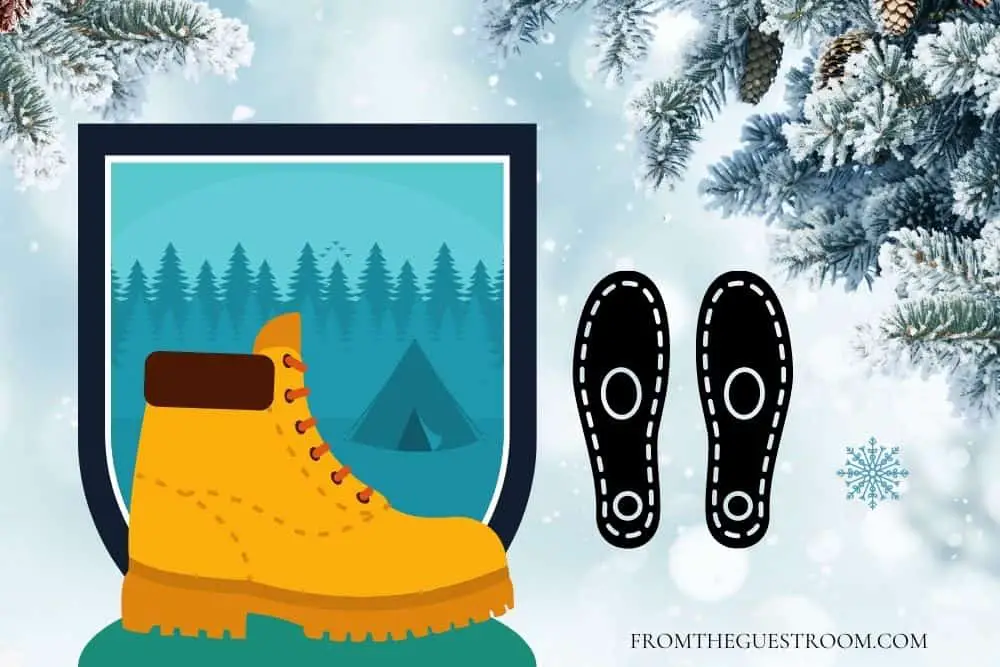Hiking sometimes involves a lot of walking, energy, and stress, depending on the hiking terrain and the duration of the hike. One can only imagine what would happen if one hiked without adequate gear, support, or protection.
And since hiking is different from regular walks around the block or running, it is only necessary that you wear the right footwear for it, hence hiking boots. Many things make up hiking boots, and they all contribute to the overall comfort, support, and protection of hikers on the trail.
Part of these features includes the insoles, which are parts of the soles but are usually inside the hiking boots. The insoles serve many purposes in hiking boots, including providing comfort and support, among others.
You will enjoy them when they are new because they will stay in shape and in place in your hiking boots. However, they may suddenly feel different beneath your feet with time, and you may need to replace them.
Getting quality insoles for your hiking boots can be costly or stressful because finding the right one is as difficult as finding the right hiking boots fit. This makes you wonder if your hiking boots need insoles at all.
Do hiking boots need insoles? Maybe, maybe not. This article answers that question. Why don’t you read so you can decide if you should keep using insoles in your hiking boots?
Let’s get into it.
Contents
Do Hiking Boots Need Insoles?

Yes, hiking boots need insoles. If you have been pondering that question, the truth is that you need insoles in your hiking boots.
How else do you expect to enjoy your hikes without insoles? Insoles play an important part in hiking boots, and they do contribute to how well your feet will feel in the boots and on the trail.
Therefore, whether you are going for a short day hike or staying multiple days on the trail, you need hiking boots with insoles. Now, you are probably wondering how important they are and what role they play in making hiking a 100% experience.
Do hiking boots need insoles? They do, and here are some of the reasons:
Pros:
They provide warmth
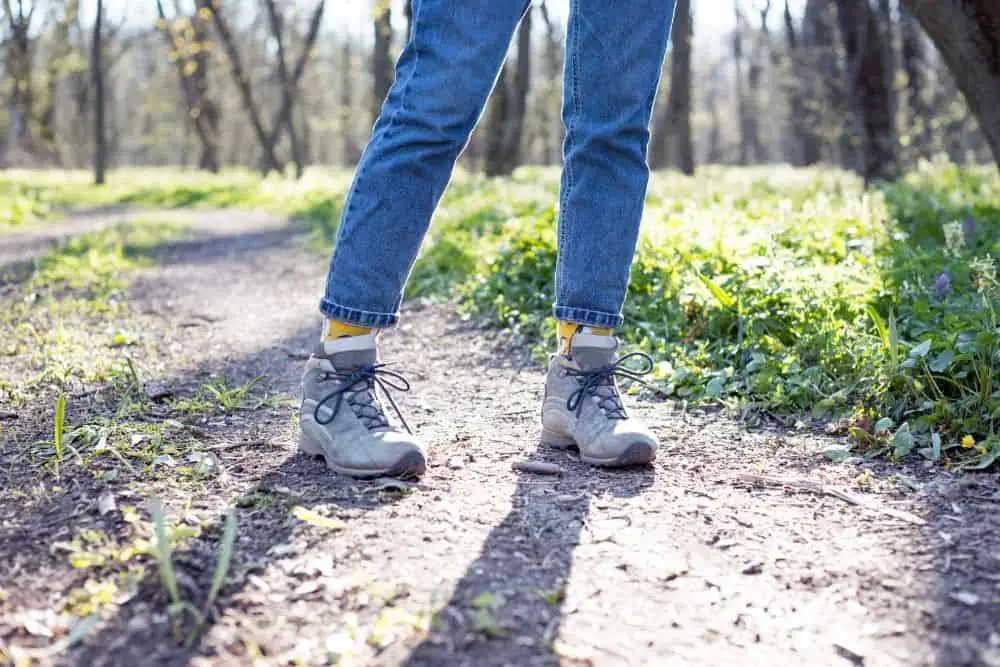
Your feet need warmth on the trail, and hiking boots help with this. The insoles, among other hiking boots’ parts, help contribute to warmth on a hike.
Whether you are hiking in the north pole or the desert, you need your feet to be warm to ensure proper blood flow. Thankfully, insulating insoles provide warmth for your feet, especially during freezing weather.
Therefore, they should be your insole option when hiking in the cold. However, insulating insoles aside, insoles contribute to the warmth of hiking boots.
Reduce impacts and vibration
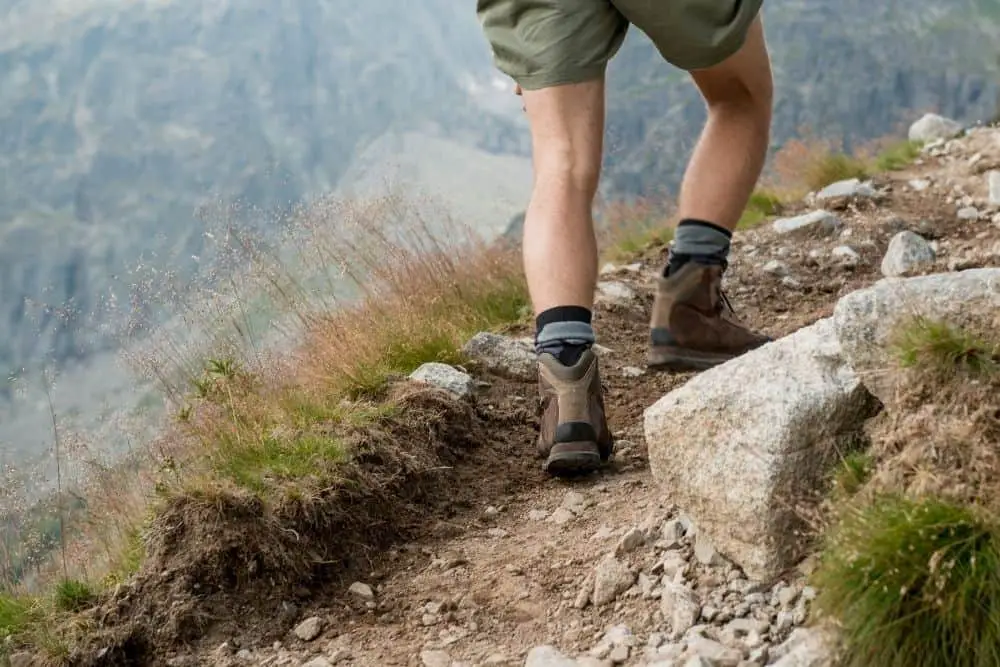
The intensity of hiking activity and the terrain cause vibrations in the body, and without the proper footwear to reduce this impact, your body will tell at the end of the hike. Thankfully, hiking boots’ soles help to reduce the impacts and vibration.
They are shock-absorbing and protect your feet and body from hurting during and after a hike. And the insoles help contribute to this through the cushion they provide in hiking boots.
Good insoles provide comfort and balance, help with plantar pressure distribution, and consequently reduce hiking impacts on the feet and body. This helps to ensure your comfort on long or multiple-day hikes.
Lower chances of blisters
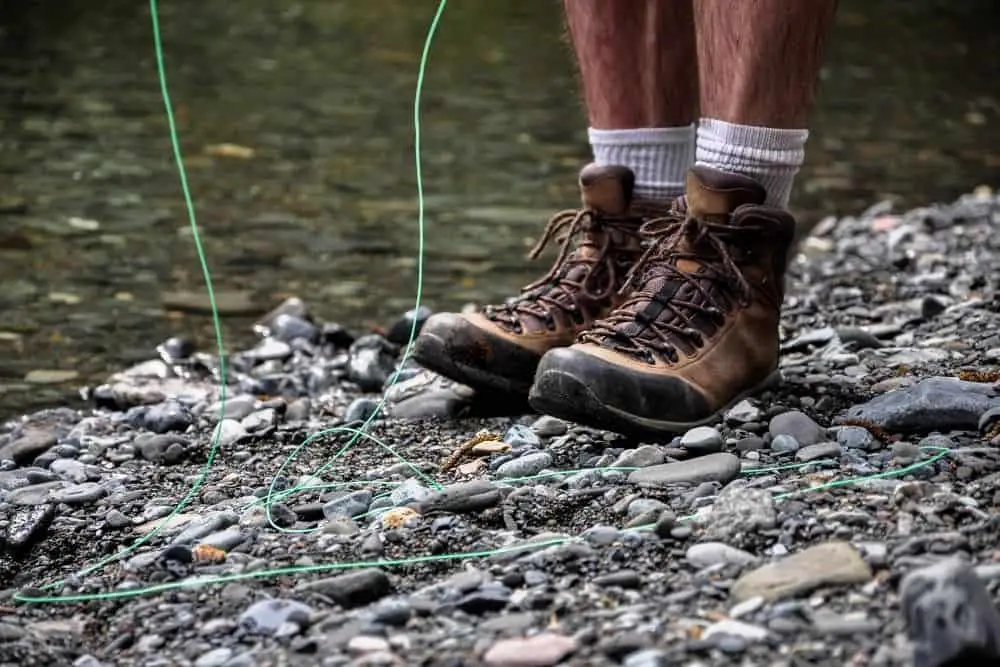
Blisters are a common problem for hikers, and they often occur due to humidity and moisture in hiking boots. And when blisters happen, they make hiking uncomfortable and painful.
Of course, some hiking boots are designed to help prevent moisture through their high breathability feature, but sometimes sweating is inevitable. Insoles come into play to reduce blisters’ chances by absorbing moisture in hiking boots.
Yeah, your hiking socks help with that, but insoles also help contribute to that. This is why sometimes, at the end of your hike, your hiking boots smell because of the moisture retained in the insoles.
Therefore, they contribute to helping keep dry feet and preventing blisters on the trail.
Help improves hiking boots fit
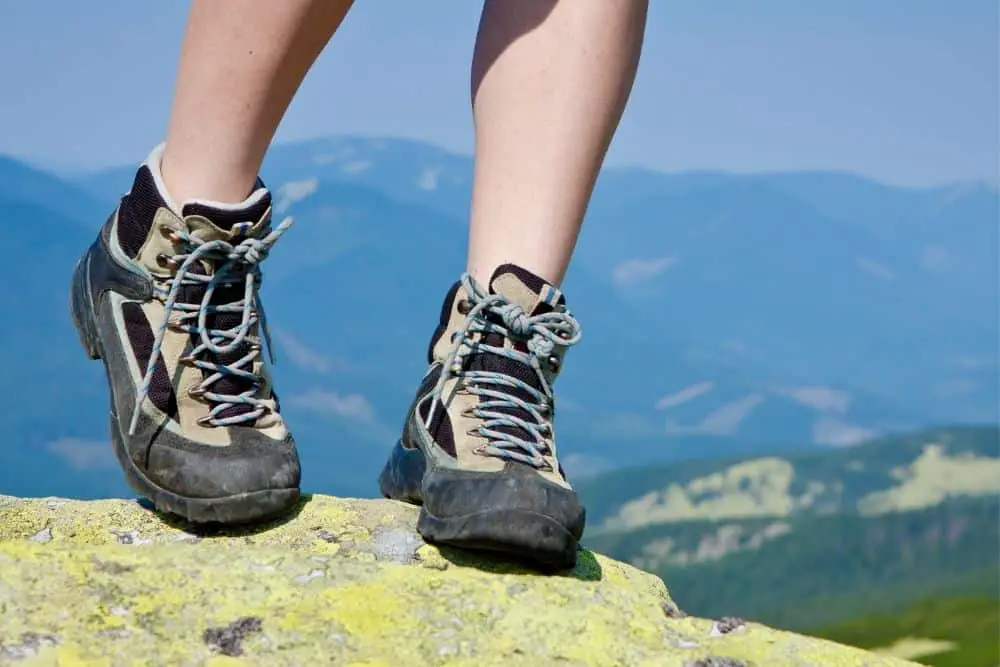
Hiking boots’ insoles also help to contribute to hiking boots fitting snugly around your feet. This is to reduce in-shoe movement and rub in the boots, saving your feet from blisters.
The insoles make up for the difference between your feet’ volume and the size of the hiking boots, so your feet can fit properly in the hiking boots. For example, if you wear your hiking boots with and without the insoles, you will notice a difference.
Without the insoles, your feet may not necessarily feel loose around your feet, but they are freer. Therefore, insoles improve how well hiking boots fit around your feet. In fact, when buying hiking boots, you should test them on with their insoles.
Provide comfort to reduce fatigue

Insoles contribute to comfort in hiking boots. They add to the extra cushion in the boots, so you can hike comfortably and fatigue-free.
With insoles in your hiking boots, you can be sure not to feel pain for an extended period in your hiking boots. The correct insole helps balance your foot arch and improves it so your feet and joints don’t hurt during and after hiking.
Once the insole cushioning is intact, you won’t feel tired quickly because the insoles are there to support you. This makes short and long hikes less stressful or painful for hikers.
Help manage odor and temperature

Insoles absorb moisture to control odor and temperature in hiking boots. Therefore, as your socks wick moisture from your feet, the insoles retain some of it, so your socks and feet don’t stay wet.
This helps to ensure that your feet stay warm in hiking boots. And at the same time, this helps to manage odor in hiking boots.
Helps correct posture

Hiking boots’ insoles help to correct posture for people with bad walking posture, which could be due to some circumstances. In addition, insoles provide the support that balances the heel and the forefoot on the trail, so hikers can walk comfortably without feeling pain.
In addition, some insoles work solely for that, and sometimes doctors recommend these insoles for people with bad joints to improve their posture.
Provide arch support
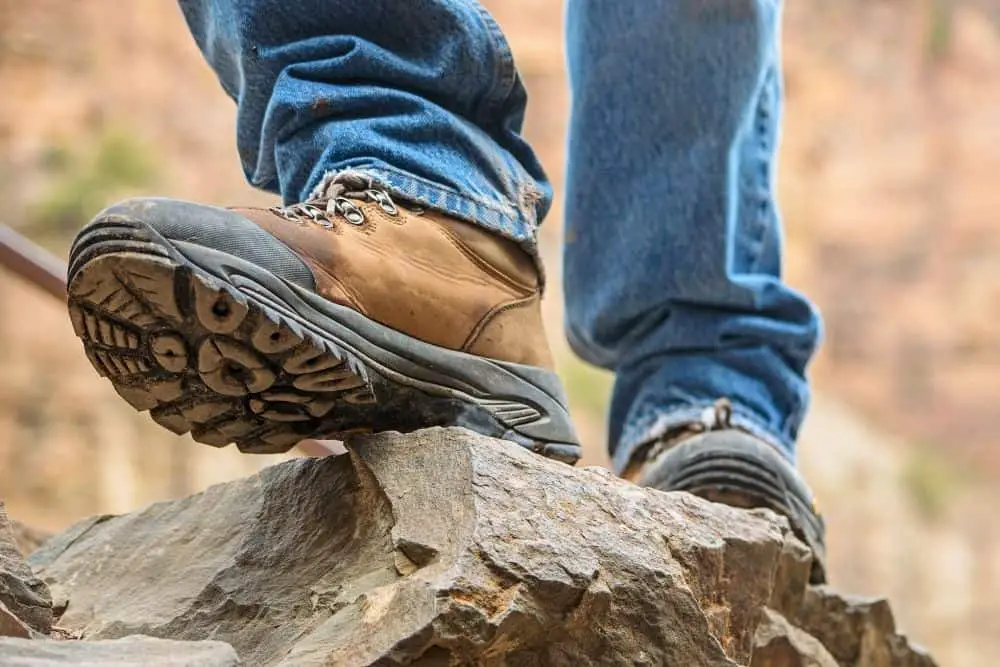
One significant benefit of insoles in hiking boots is the arch support they provide hikers. This helps with balance, comfort, and convenience on the trail.
Insoles providing arch support for hikers usually happen when they are pretty much new, and you can make the most of that before you have to replace them. This arch support is specifically suitable for when hiking on rough terrain or during long hikes.
Cons:
Not durable
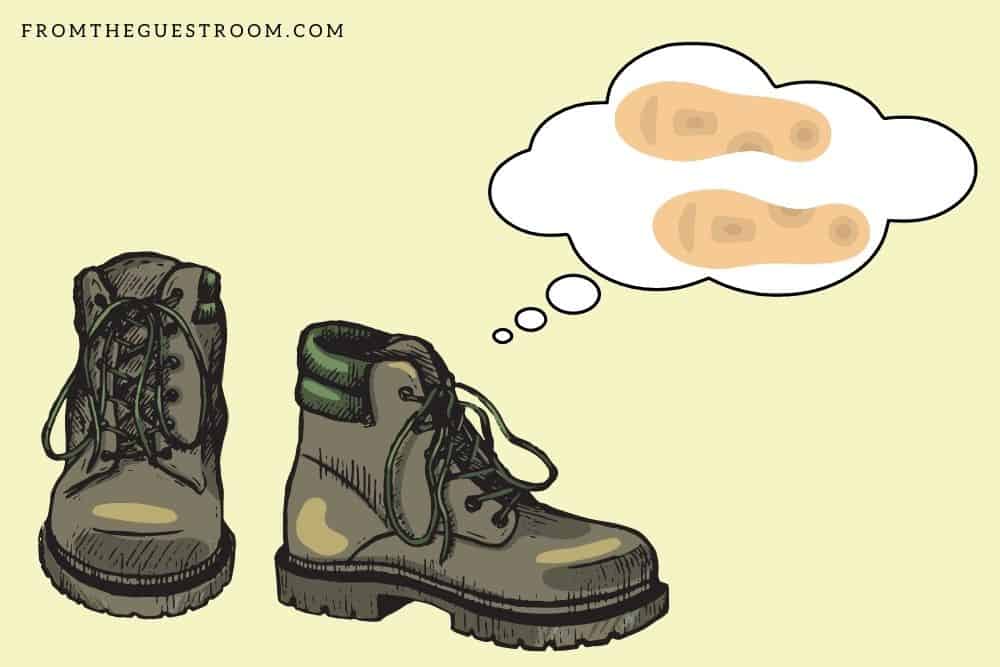
One major drawback of insoles is that they don’t last. Generally, insoles ought to last about twelve months, depending on how often you use them and the intensity of the activity.
Good for you if you don’t wear your hiking boots often. But the fact does not change that they are not durable, and they wane with time.
When this happens, they don’t function as they should anymore. They don’t make you comfortable; they provide arch support or cushion in hiking boots.
They may make your feet hurt in hiking boots. But the good thing is that hiking boots’ insoles are replaceable. You can replace the factory’s insoles with new ones that would perform just like the initial ones or better.
In some cases, the factory’s insoles may not provide an adequate cushion or make you comfortable, but you can get new ones to replace them.
Traps moisture in hiking boots

Another downside to insoles in hiking boots is that they trap moisture. Of course, this should be a benefit, which it is, but it can make hiking boots stink at the end of the day.
If you don’t attend to it, it can make your hiking boots smell, and worse, it can cause fungi or bacteria to grow in your hiking boots or lead to infections on your feet.
This is why you need to care for, wash, air, and dry your hiking boots’ insoles after every hike to prevent that.
You could also reduce the amount of moisture trapped in the insoles by wearing moisture-wicking hiking socks.
Can make hiking boots tight
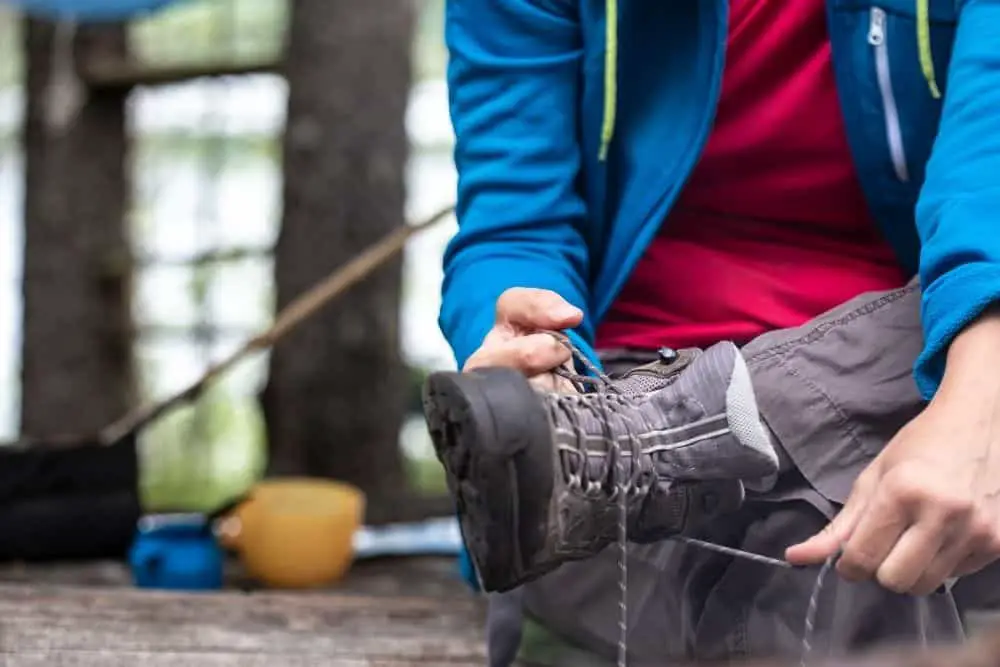
Insoles take up space in hiking boots and can make boots tight. They can either help make boots fit snugly around the feet or make them super tight enough to hurt the toes.
This is why it is important that you test your hiking boots with insoles to know if they fit correctly. You should also apply this when getting new insoles for your hiking boots. The right one won’t make your hiking boots tight.
What Insoles Do Hiking Boots Need?
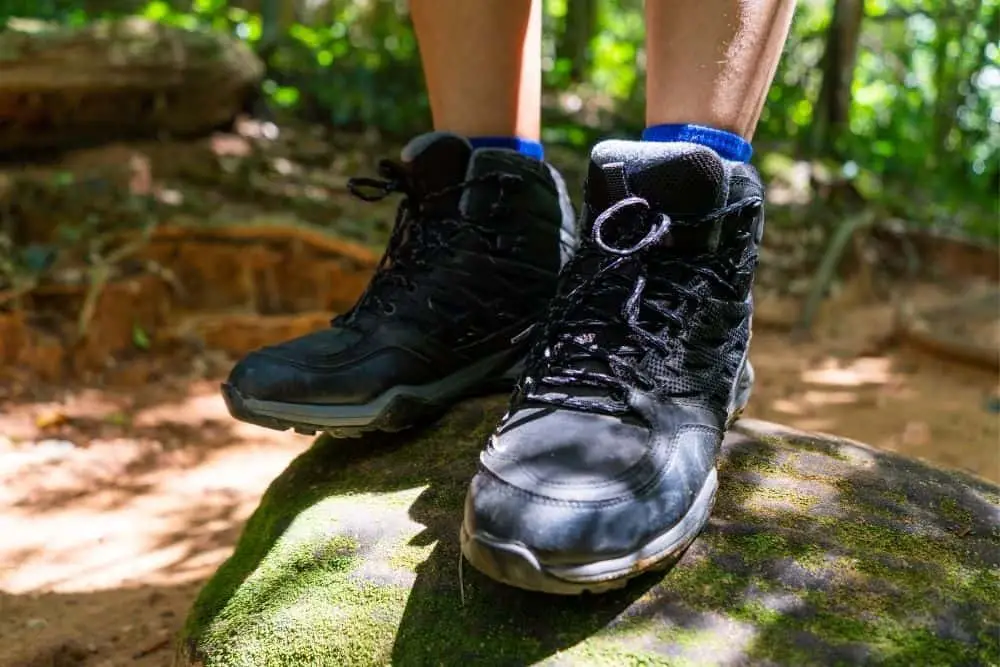
We have established that hiking boots need insoles for several reasons, including comfort on the trail, arch support, keeping blisters at bay, and more. On the other hand, we discussed the drawbacks of insoles in hiking boots and some solutions to make up for that.
While insoles have their disadvantages, this doesn’t make them less useful or necessary in hiking boots for smooth and easy hikes on the trail. One way or the other, you need insoles in your hiking boots.
But the question is, what insoles do you need in hiking boots? Hiking boots’ insoles are in different forms, and you can find the one suitable for you.
Generally, there are comfort and support or sports insoles for hiking boots.
For example, comfort insoles help with stability and cushioning, while sports insoles help with support and they are good for structural misalignment, plantar fasciitis, supination, or overpronation.
With that said, the types of insoles hiking boots need are:
Based on material
- Foam
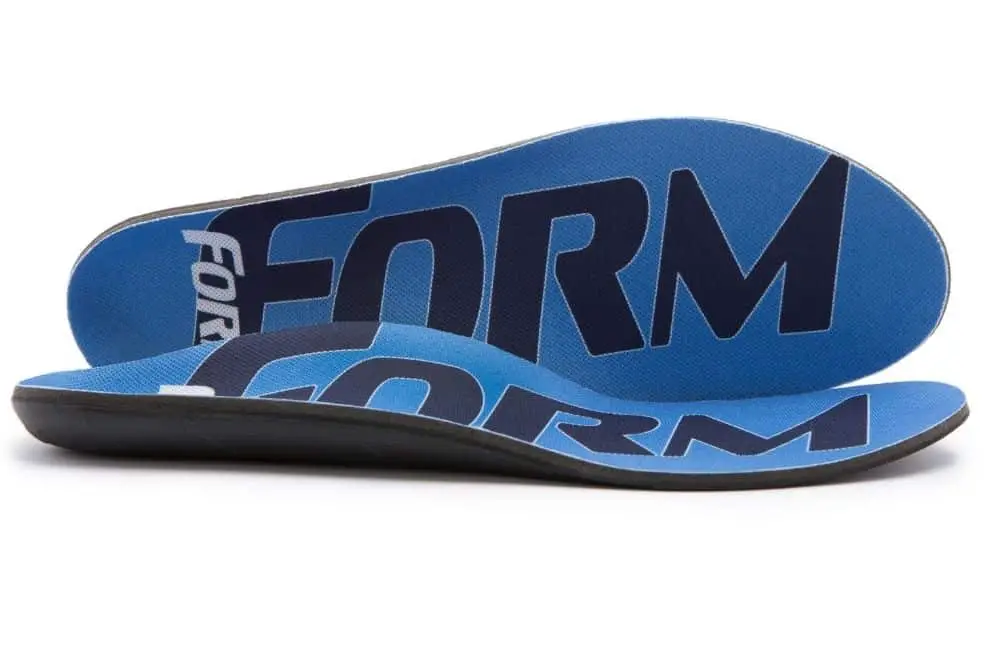
Foam insoles are common, and they help with comfort and support in hiking boots, but they are more for support.
They are rigid and offer great shock absorption features that protect your feet from impacts on the trail. At the same time, they also ensure comfort in hiking boots to an extent.
Gel
- Designed for people with foot discomfort and foot and leg fatigue
- Made with Massaging Gel Technology, they double the comfort in your shoes, for those with foot...
- Helps reduce muscle fatigue in feet and legs
Last update on 2023-11-11 / Affiliate links / Images from Amazon Product Advertising API
Gel insoles are also a type of insole that helps with comfort in hiking boots. Gels are usually squishy and soft, and you can imagine what that would feel like beneath your feet.
You can hike in them all day without feeling much pain afterward because they are very comfortable and cushioned.
In addition, they help with shock absorption on the trail, so your feet don’t feel much of the impact of the terrain with every step you take, especially on rough terrain.
Memory foam
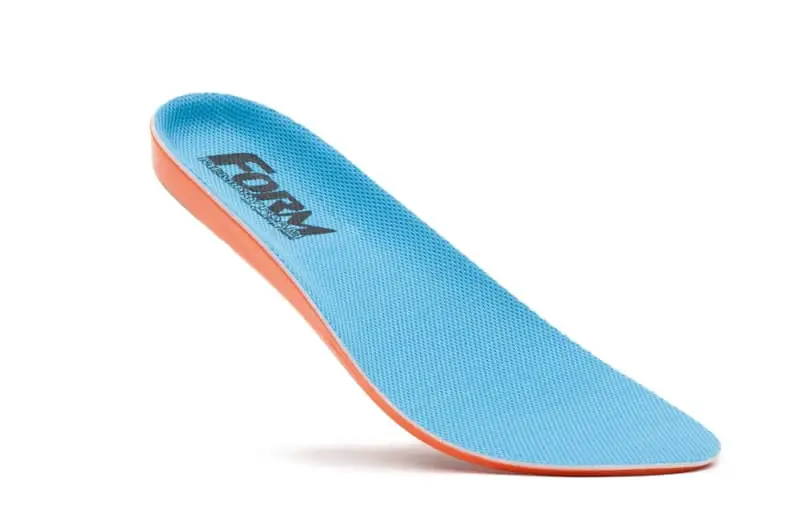
Another type of insole good for hiking boots is the memory foam ones. They are good for people who struggle with orthotics because they ensure comfort and provide arch support on the trail.
They are soft, ease pressure, and shock-absorbing, reducing the impact on the feet. This helps to improve the foot health of people with orthotics and helps them enjoy hiking more comfortably.
Air-cushioned insole
- Odor-controlling, long-lasting comfort
- Memory foam cushioning molds to the shape of your foot
- Extra-thick foam cushions feet and absorbs shock for all-day comfort
Last update on 2023-11-11 / Affiliate links / Images from Amazon Product Advertising API
These insoles are usually customized latex layers that help soften every step you take in your hiking boots. They fall under the comfort category, and they are good for every day and long hikes.
In addition, they usually have tiny holes that help to keep your feet cool and dry in your boots. Finally, if you are all about comfort, you can opt for air-cushioned insoles because they make you feel comfortable all day on the trail.
Leather
- The breathable, perforated leather surface absorbs sweat and moisture and is reinforced by a...
- An underlying arch support has a stabilizing and strengthening effect; the integrated padding in the...
- The pressure and weight load is optimally spread over the sole structure and thus reduces the forces...
Last update on 2023-11-11 / Affiliate links / Images from Amazon Product Advertising API
Hiking boots with leather insoles help with support. At the same time, they also absorb moisture and provide comfort on the trail. In addition, some leather insoles have charcoal layers that help with odor control while still offering support.
They also have latex layers that supplement the comfort and cushion department, so they can be convenient for use.
Wool
- [POWERSTEP PINNACLE WOOL]: Full length insoles, neutral arch support, maximum cushioning, high...
- [FOOT PAIN PREVENTION AND RELIEF]: PowerStep Pinnacle Wool insoles are ideal for pain associated...
- [NEUTRAL ARCH SUPPORT | MAXIMUM CUSHIONING]: PowerStep Pinnacle Wool insoles with built-in neutral...
Last update on 2023-11-11 / Affiliate links / Images from Amazon Product Advertising API
These types of insoles for hiking boots are especially good for winter hiking and for people who suffer from cold feet. Wool insoles help to keep the feet warm in hiking boots while still ensuring maximum comfort on the trail.
Based on volume
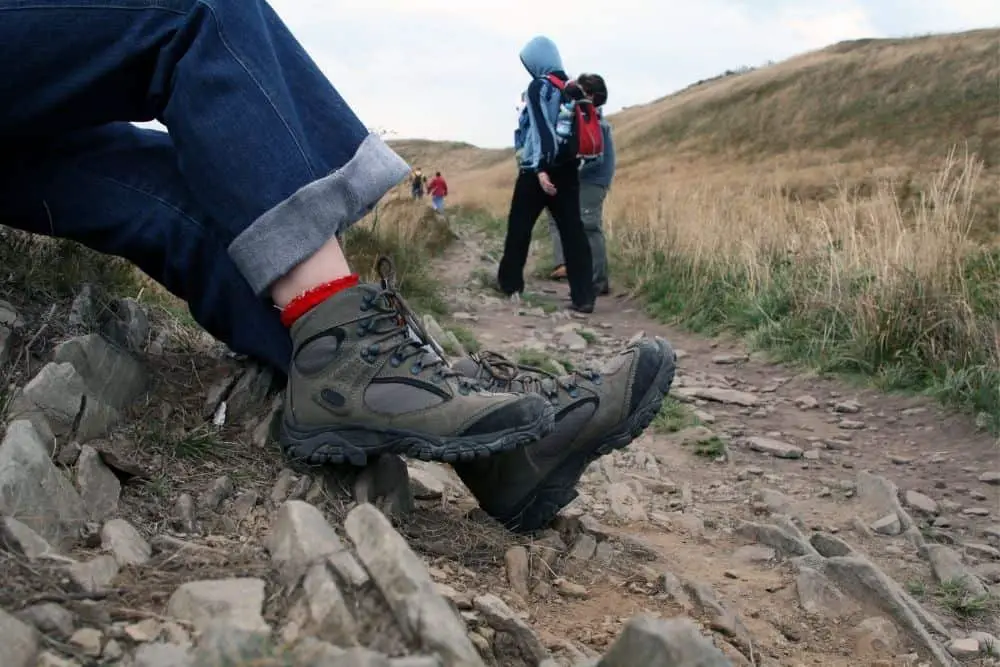
Insoles exist in different volumes, ranging from low to medium to high. However, the ones you need in hiking boots are high-volume insoles.
This is because hiking boots are high-volume shoes when compared to casual shoes or skating shoes. Since they are high-volume, it is only appropriate that you wear insoles that fit them.
Low or medium may not fit appropriately in hiking boots, and they may probably shift in hiking boots. Therefore, if you want to replace your hiking boots’ insoles, you should go for high-volume ones.
But, of course, this will impact the hiking boots’ volume and fit, and the socks you wear also contribute to this. Therefore, you should test these out when buying so you don’t end up with ones that make your hiking boots super tight.
Based on arch type

Hiking boots’ insoles also exist in various arch types, and you need to know which one fits your foot’s arch when getting. For example, there are low-profile, neutral-medium, and high-arched insoles.
Wearing the wrong arch type that does not fit your feet can hurt, so you should consider this when buying. The low arch is almost flat, while the neutral is raised higher than the low ones, and the high one arches the most.
Under What Circumstances Do Hiking Boots Need Insoles?
The answer to the question of whether you need insoles in hiking boots is yes. You need insoles for comfort and support when you wear your boots.
So, do you need insoles in hiking boots on and off the trail, and when?
Terrain

You need insoles in hiking boots on different terrains, whether plain or rough. First, you need them for support, especially on rough terrain where you need to maintain your balance so you don’t fall.
You also need them for the comfort they provide on the trail. In addition, insoles will serve you well and help with shock absorption, so you can manage the terrain impact on your feet.
This helps your feet feel good even after rigorous hiking or working.
Environmental condition
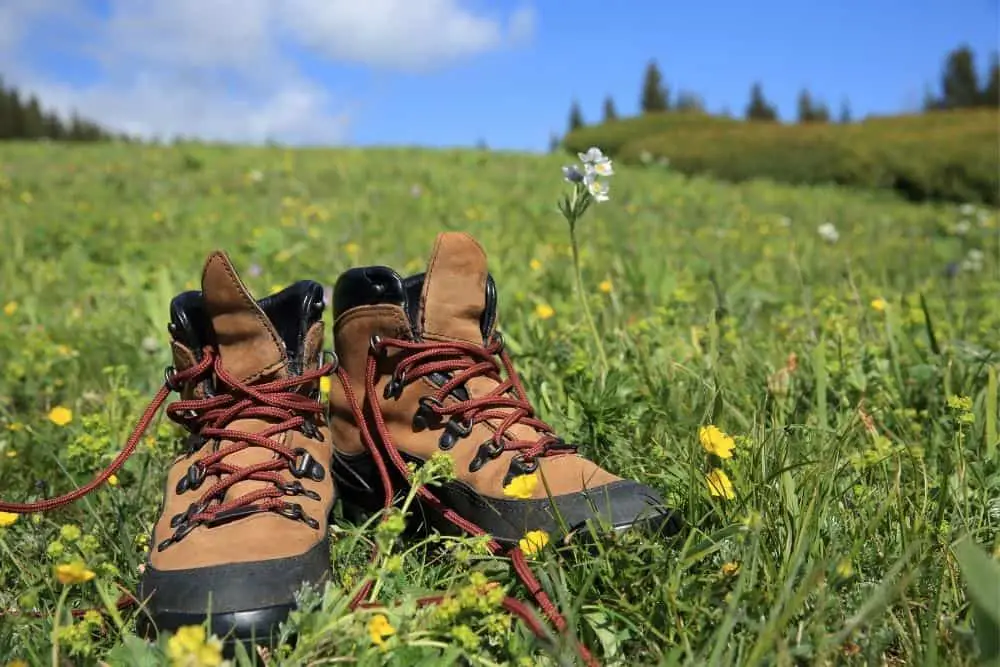
Insoles are perfect for every weather condition, so you need them in your hiking boots for use in all kinds of weather. For example, they keep your feet warm during the cold weather.
This is due to their temperature regulation features, which ensure your feet don’t get cold and make you uncomfortable in hiking boots.
Likewise, in hot weather. They regulate temperature, so your feet don’t get too hot and start sweating. Furthermore, they absorb moisture, so even if you do sweat, they don’t stay wet long enough to make your feet cold.
Type of work
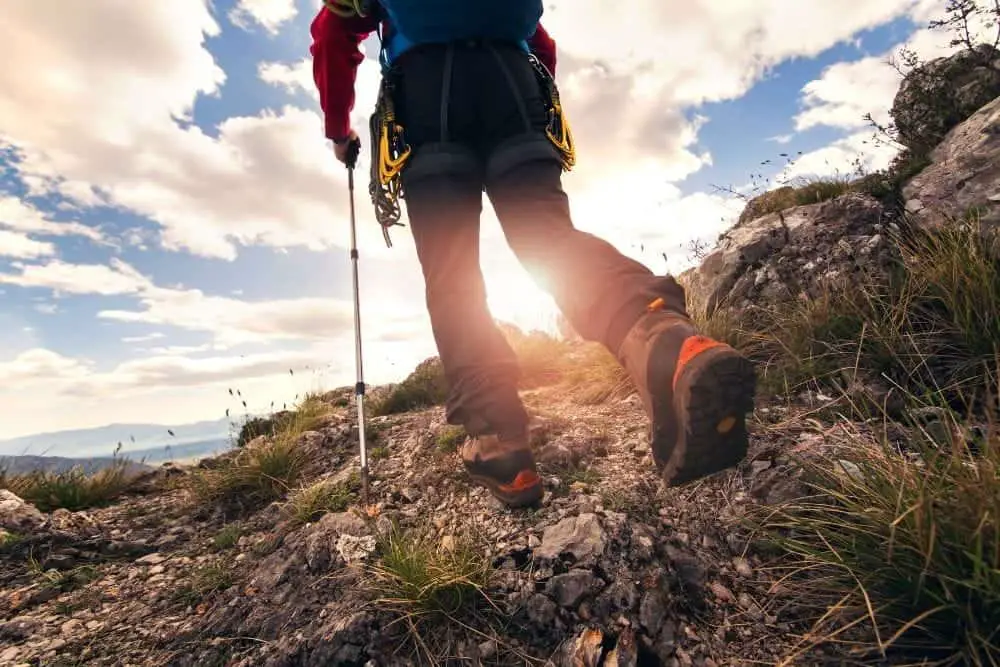
You need hiking boots’ insoles for support and comfort for different jobs. First, you need them for hiking on the trail. Then, you can also use them for other physical tasks like hunting, heavy-duty work, fishing, and other outdoor activities.
You need them more if what you need them for requires that you stand on your feet or walk all day or most of the time. For instance, insoles are cushioned, so they make you comfortable at work and they don’t make your feet hurt from standing or walking all day.
In addition, insoles help with arch support for correct posture in hiking boots, so you can work for as long as you need with correct posture so your feet don’t hurt at the end of the day.
Risks

There are different risks attached to hiking on different terrains. There is the risk of falling, breaking a bone, injuries, blisters, pains, and more.
With the adequate cushion and arch support that insoles provide, you can keep these risks at bay and hike more safely on the trail. For example, insoles reinforce arch support and this helps to correct your posture in hiking boots so you don’t feel pain or trip and fall in hiking boots.
Conclusion
Yes, hiking boots need insoles for various reasons. They ensure comfort, support, warmth, and moisture absorption, among other benefits. Their benefits are too hard to ignore, and if you want to hike comfortably, you’d better get some.
When getting insoles for your hiking boots, it is important that you get the ones that fit your feet’ arch. They also need to be high-volume insoles so they can fit in your hiking boots adequately.
The material you get sorely depends on you, whether you need comfort more, support, or both. After getting your insoles, you should ensure you care for them properly so they can last a long time, stay clean, prevent odor from hiking boots, and make your feet remain healthy.

